
January 20, 2020, by hgan
Chemical & Environmental Engineering Year 1 Student Activity Week (Autumn 2019-2020)
The week of 25 November to 29 November 2019 will forever be etched in the minds of all UNM Year 1 Chemical and Environmental Engineering students who attended the activity week organised by Chemical and Environmental Engineering Department. The theme of this activity week was Renewable Energy on Campus: A 8000 t/year Biodiesel Plant. This activity week was a compulsory activity for all Year 1 Chemical and Environmental Engineering students and started with the classroom activities (Day 1), followed by hands-on laboratory exercises (Day 2 to Day 4) before ending with presentations (Day 5).
The activity week used both project and problem-based learning experimental exercises to embed active learning within the course curriculum. It aimed to reinforce the students’ learning and their perception that the real engineering life is not just confined to the separate topics or different modules and it is important to connect the classroom to the real world. The activity week also aimed to equip the students with analytical skills, problem-solving skills, teamwork and time management skills that cannot be learnt in the classroom.
The first day started with the activity of application of mass balance. Activity 1 comprised two sections. The first section was the recovery of the oil from the polluted soil, which contained palm oil residue and palm fruit fibres. The second section was the production of biodiesel in a reactor with the recovered palm oil from the first section and waste cooking oil. Through this activity, the students in groups were able to understand the process flow involved and the correct unit operations to accomplish it as well as to determine the sustainability of this treatment process for at least 10 years, and its feasibility to the national environmental regulation.
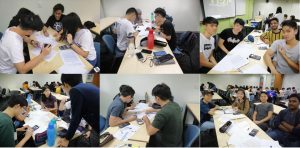
Figure 1: Day 1 Mass Balance Calculation
The second day of the activity week was based on the separation of oil-solids. For Activity 2, the students in groups of 4 or 5, were required to demonstrate appropriate separation techniques at laboratory-scale to recover oil from the contaminated oil mixture using the provided apparatus. The oil separated was assessed based on the quantity (percentage of recovery), purity and waste generated. Next, the students proposed a large-scale separation scheme based on their experimental findings.
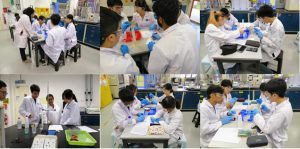
Figure 2: Day 2 Separation Lab
Activity 3 focused on the acid-base reaction. This activity comprised two sections. In the first section, the students in groups, were required to plan an experiment to determine the identity of unknown acid using acid-base titration. The second section was the preparation of buffer solution with pH 5.00 using the conjugate base and acid given. The students were required to determine the correct dosage of acid and conjugate base used by carrying out experiments and calculations.
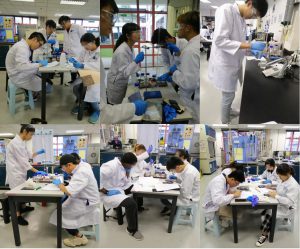
Figure 3: Day 3 Chemistry Lab
Activity 4 was about fluid mechanics. This activity comprised three sections. Section 1 and section 2 required students to determine the fluid properties, such as density and viscosity, of the given sample of ‘palm oil’. For the last section, each group was required to make a schematic drawing of pipelines for the pumping of palm oil from the biodiesel plant to the storage tank as well as to determine the supplied power to the centrifugal pump.
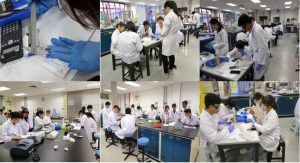
Figure 4: Day 4 Fluid Mechanics Lab
Finally, on the last day, the activity week ended with a 15-minute presentation on three topics – lake pollution incident, glycerol and biodiesel bus project – from each group of students.
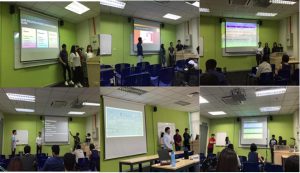
Figure 5: Day 5 Presentation
In short, this activity week was a huge success because the participants showed tremendous support by actively participating in all the activities throughout the week. The activity week was indeed a fruitful experience for the students to gain valuable insights in applying knowledge taught in the class to real-life work or practice.
Written by: Doris Tang Ying Ying and Chia Wen Yi
-
Post a comment
